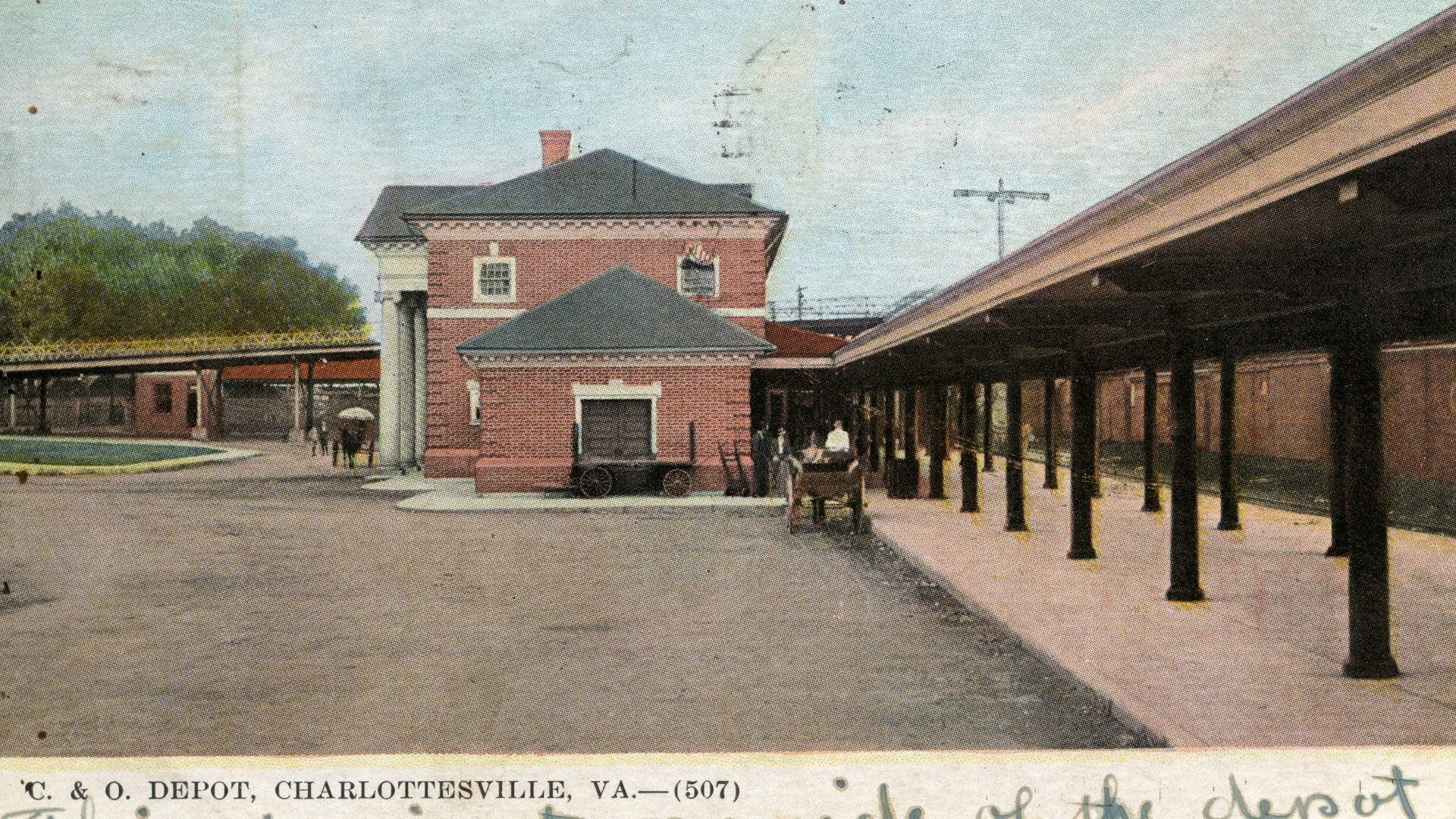The Norris Collection at C’ville Images is a collection of nearly 1000 postcards and similar items assembled over many years by former Charlottesville Mayor Dave Norris. A long-time resident, Mr. Norris shares a passion for the city with many of his fellow citizens and his interest in local history is reflected in this collection. It was amassed one item at a time by purusing antique shops, garage sales, and online sources like eBay, with Dave seeking anything that had a connection to Charlottesville. The postcards are mostly from the early to mid-Twentieth Century and feature well-known landmarks, historic buildings, street scenes, hotels, and restaurants among other subjects. The Norris Collection includes many of the most popular cards of their day along with a few rarities. We have featured the collection in slideshows and exhibits and now for the first time are presenting them as an online exhibit. We will be adding to this exhibit occasionally so be sure to return for latest additions. Permission to use postcard images from the collection for websites, news articles, or other purposes can be attained by contacting us here at C’ville Images. Thanks to Dave Norris for trusting us to house, scan, and curate this incredible collection.
“Postcards of Charlottesville” is just one of several rotating exhibits you will find here on our website. Check back often for new exhibits and occasional changes and updates to current exhibits.
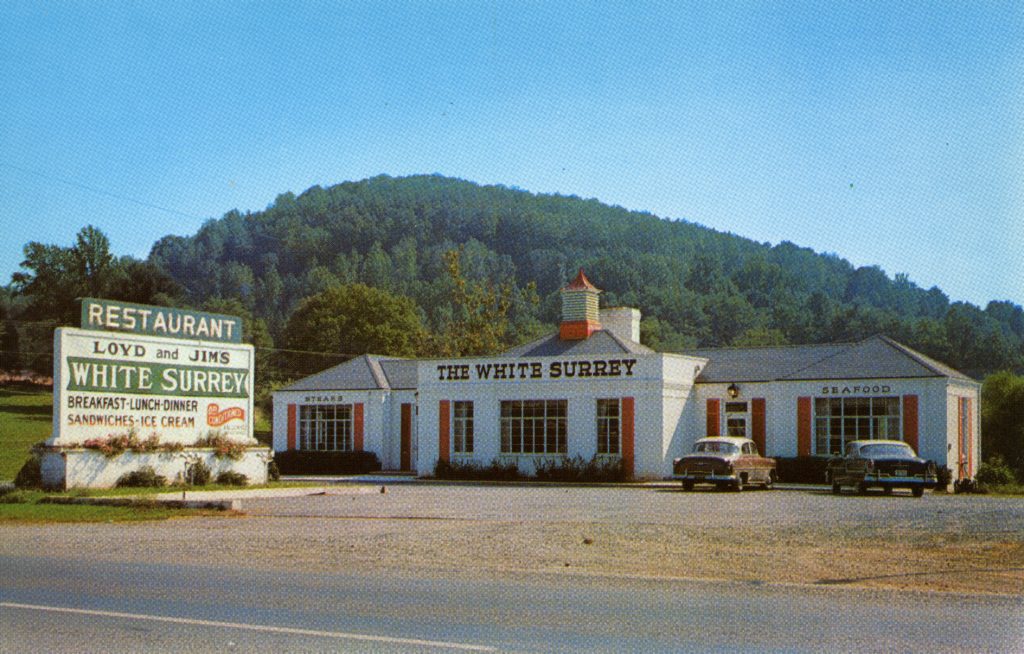
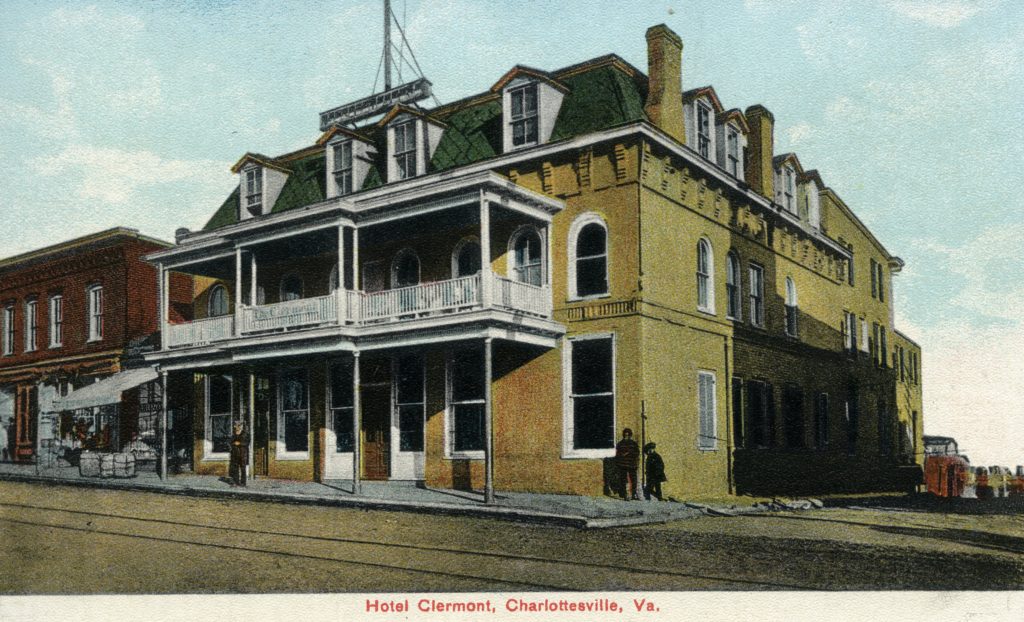
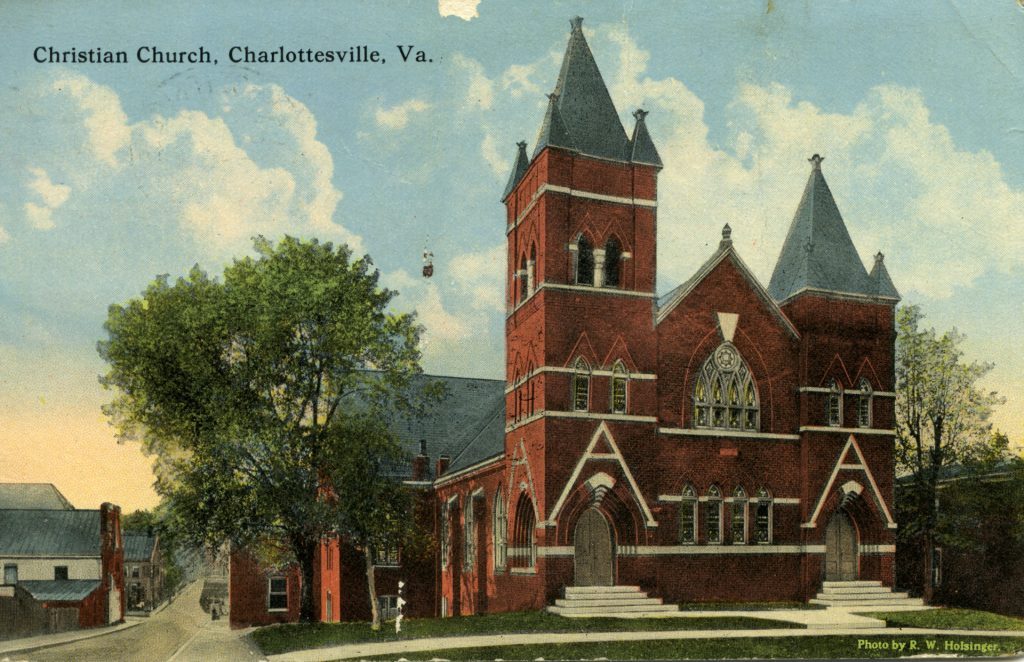
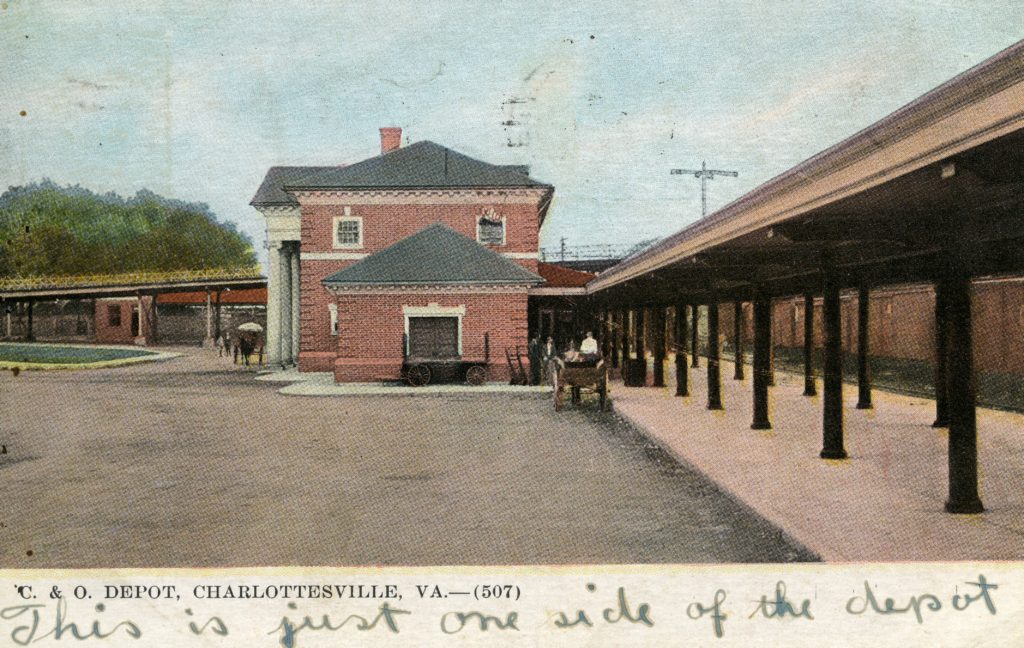
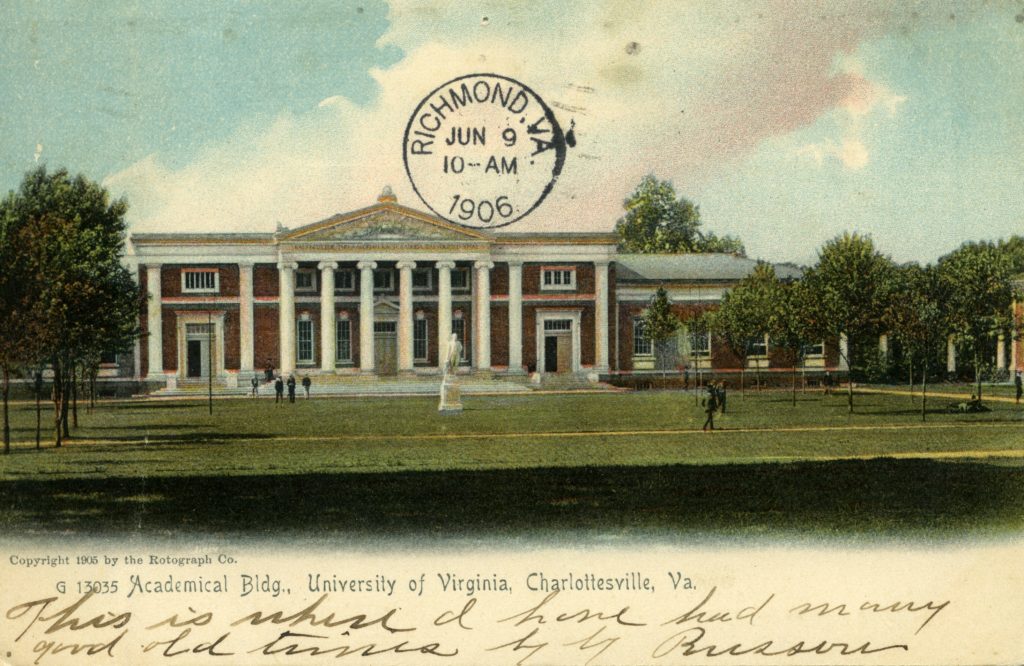
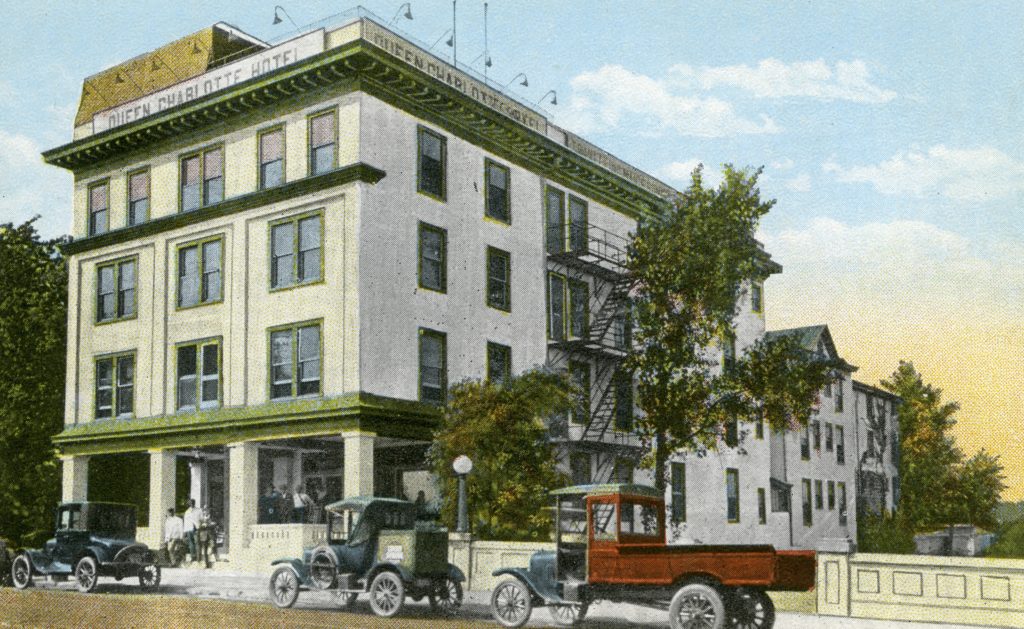
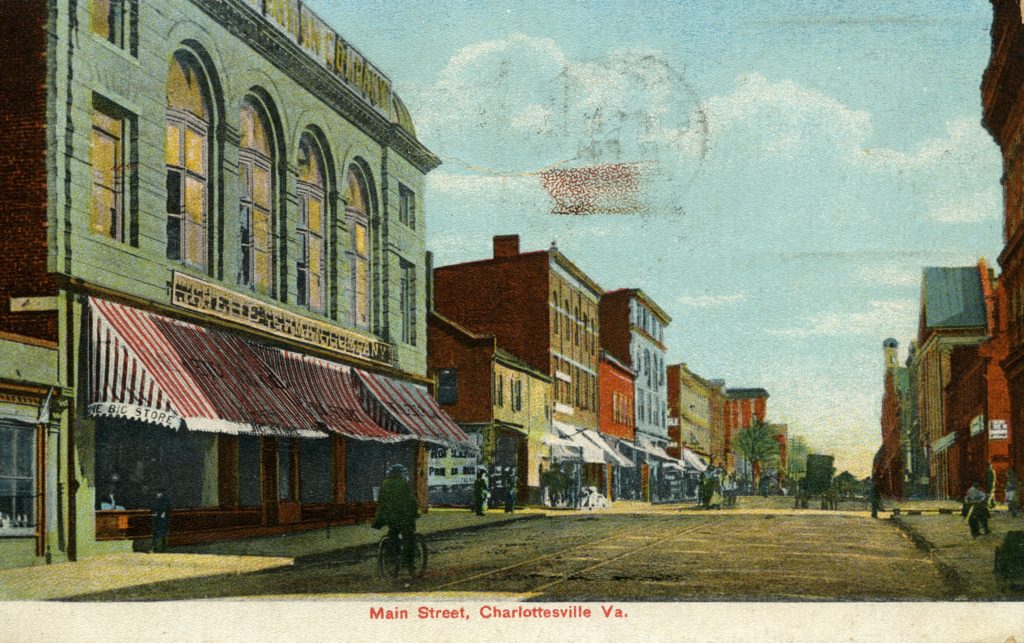
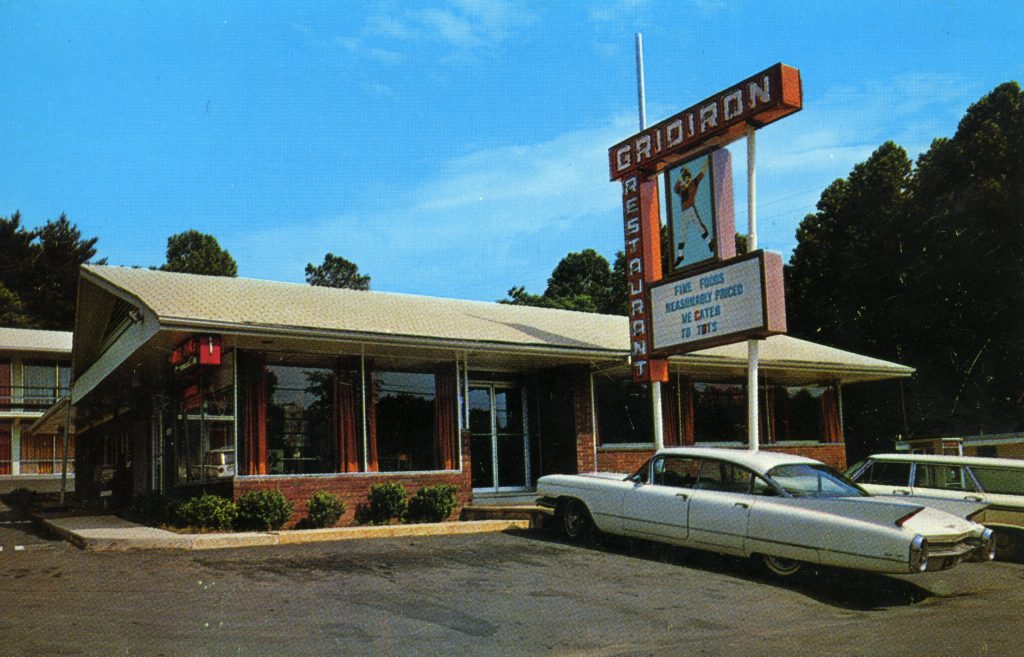
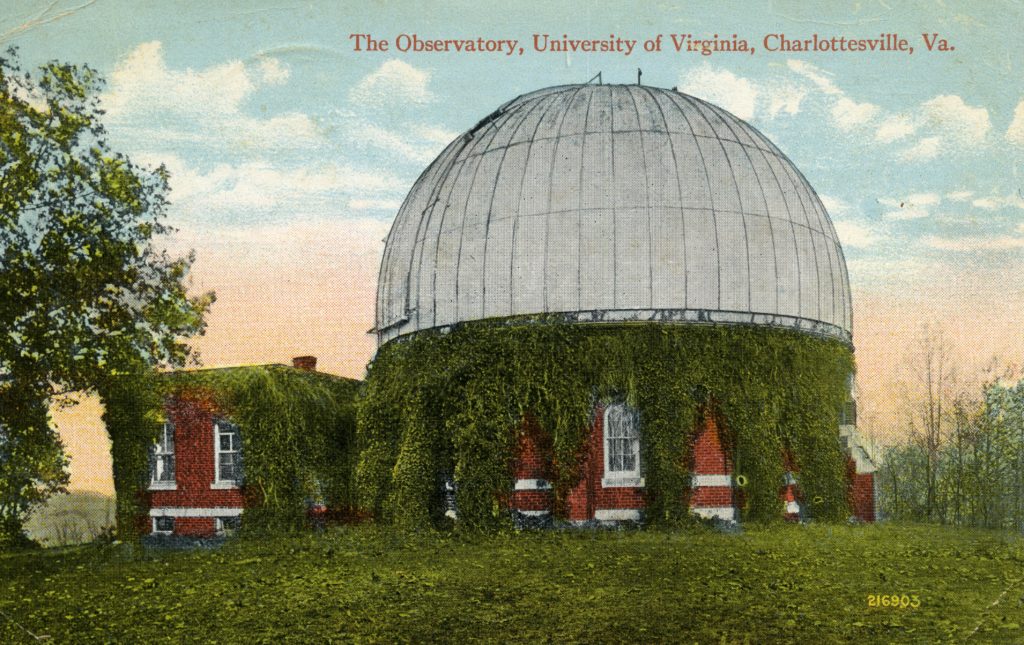
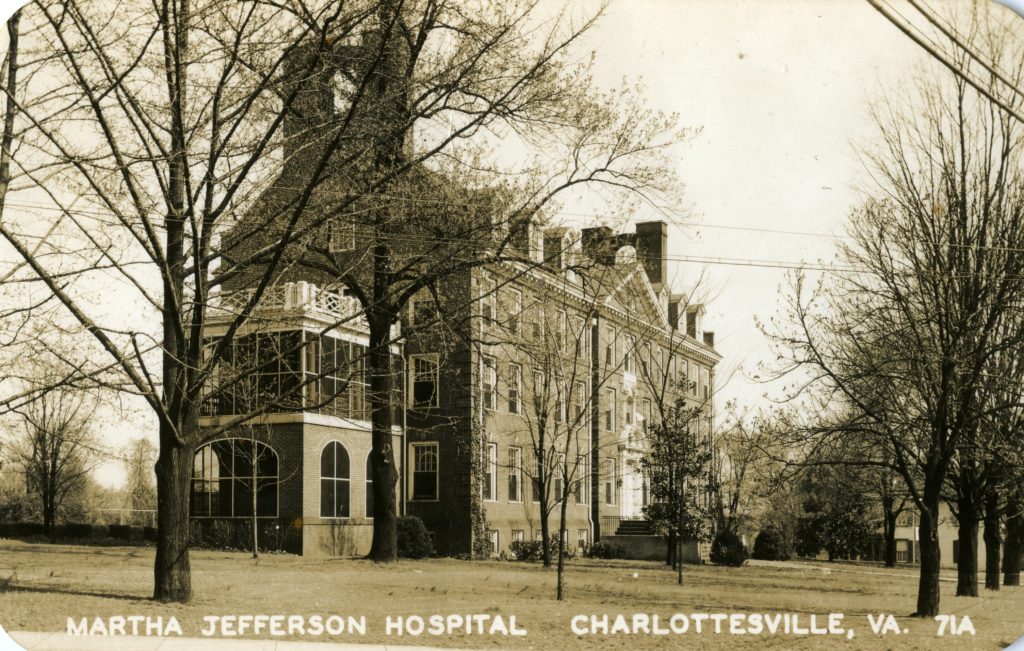
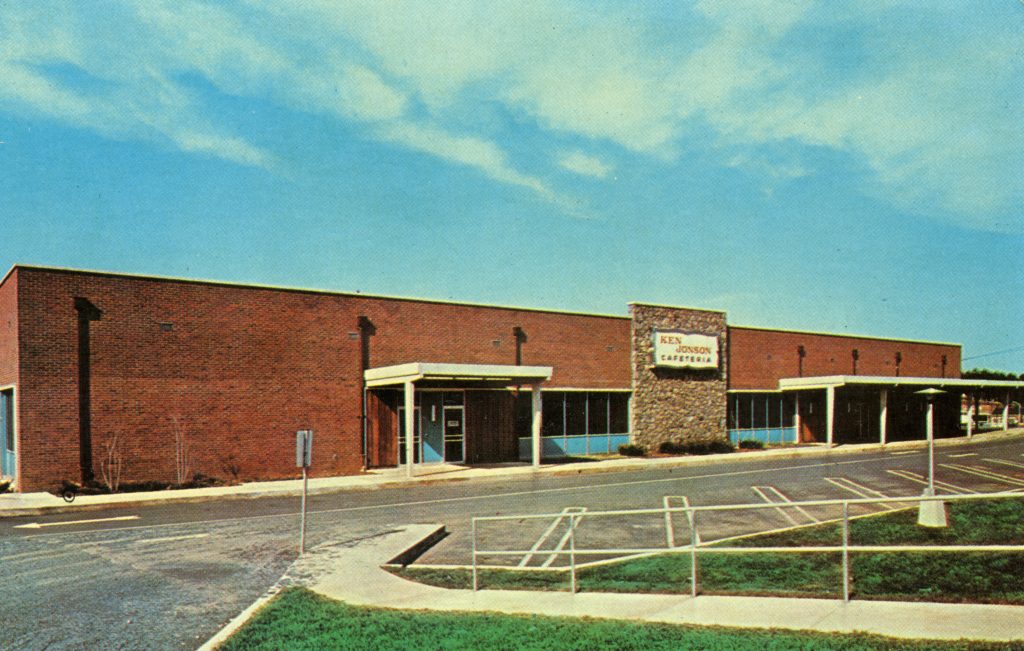
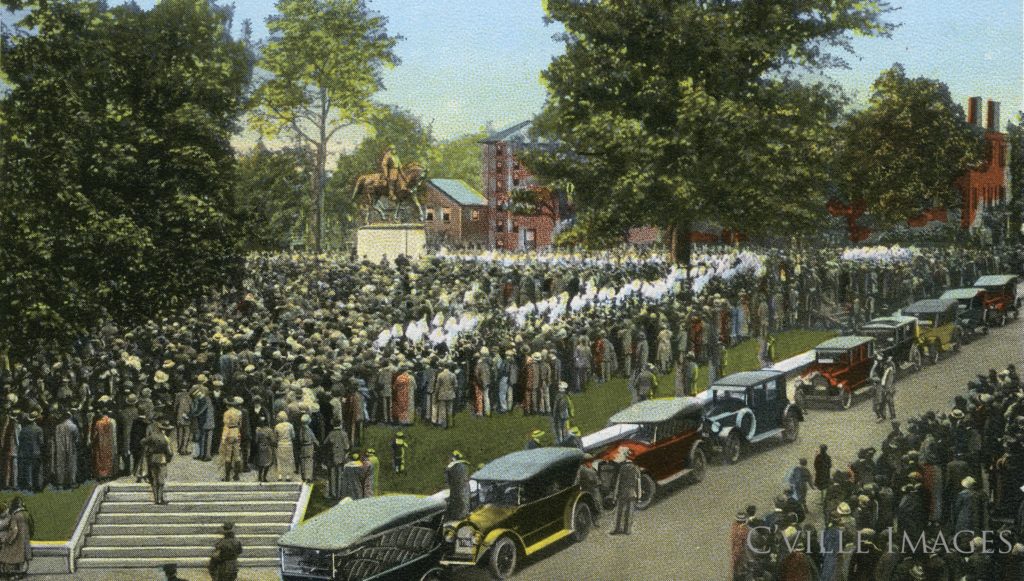
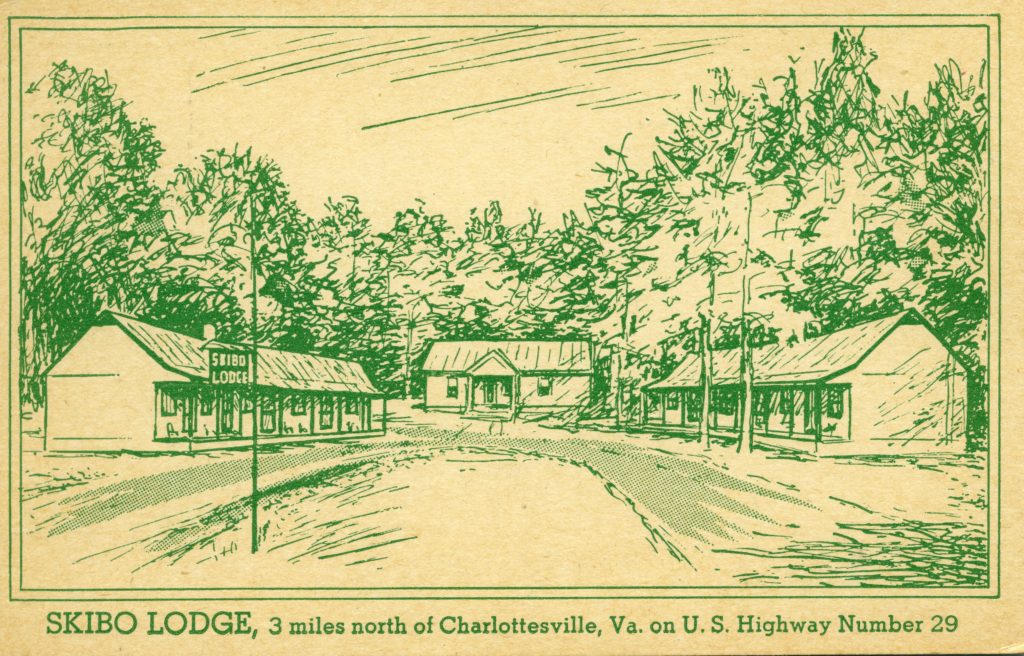
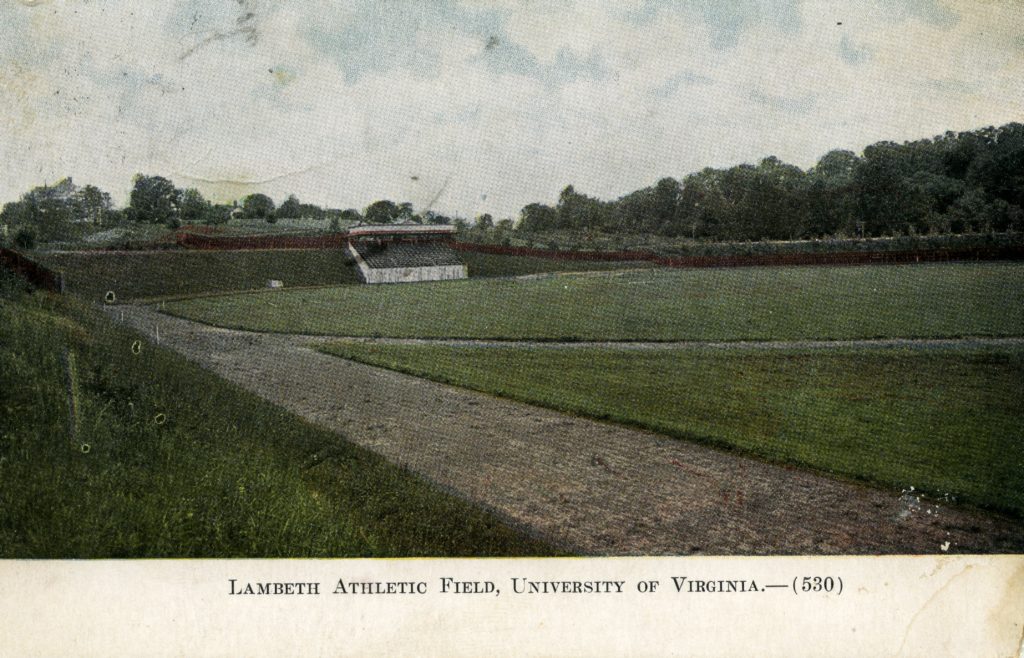
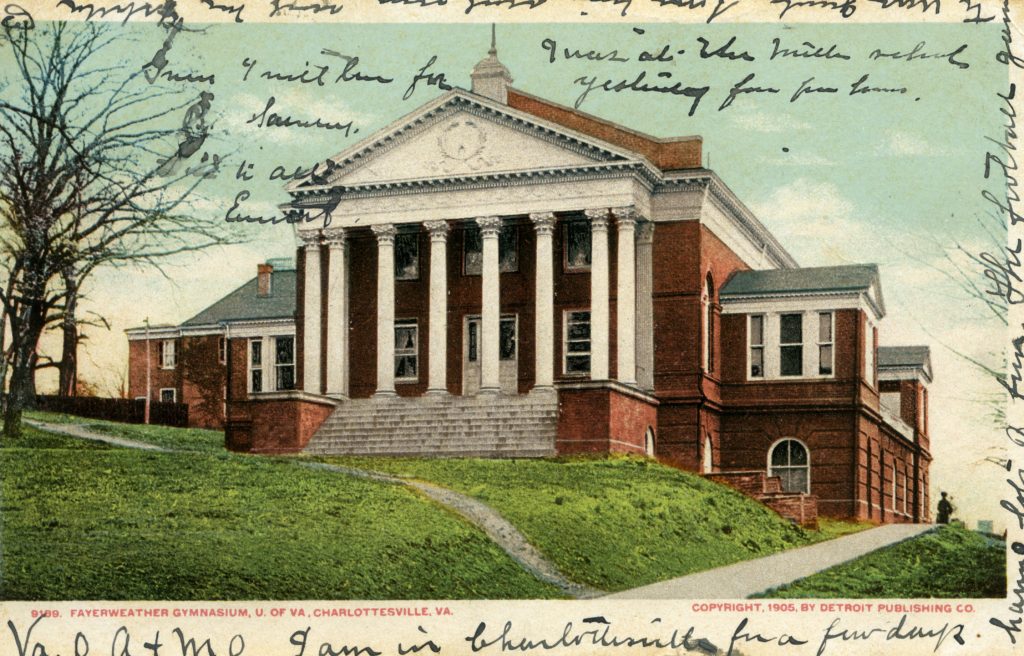
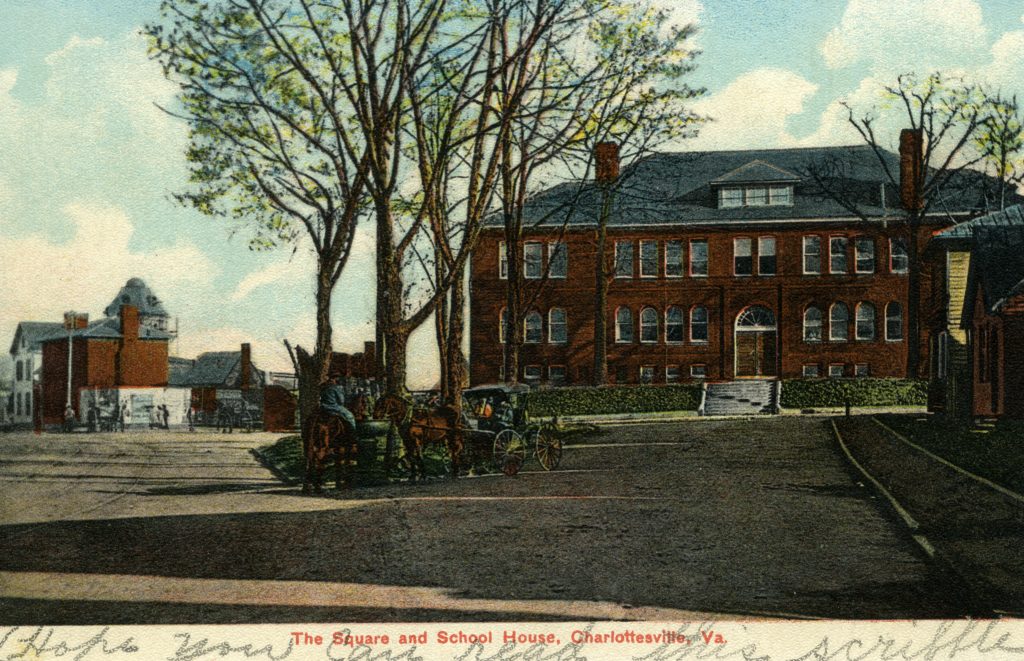
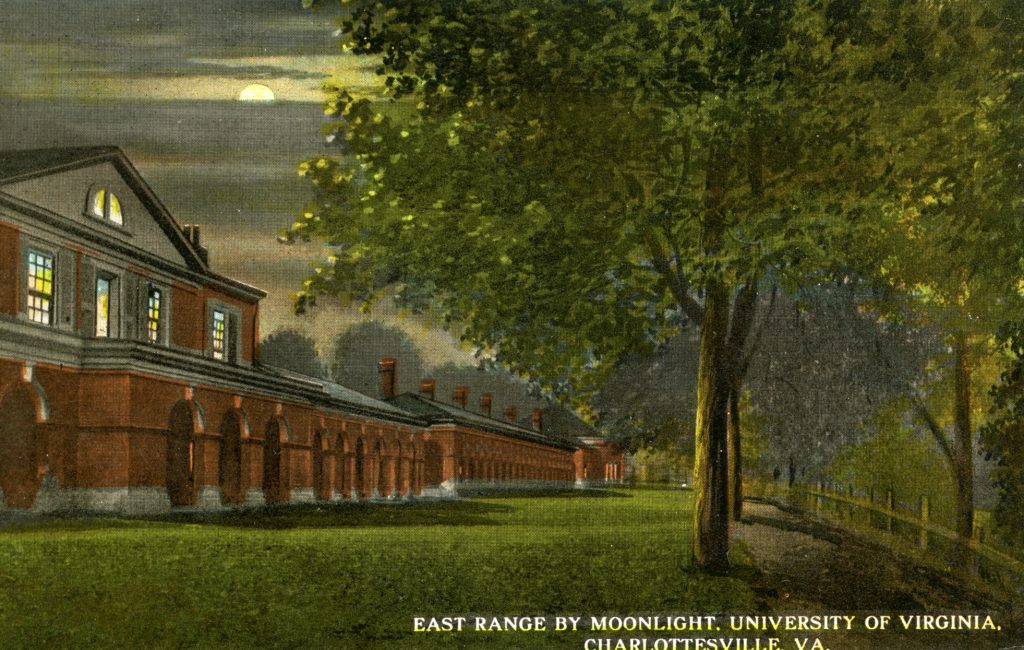
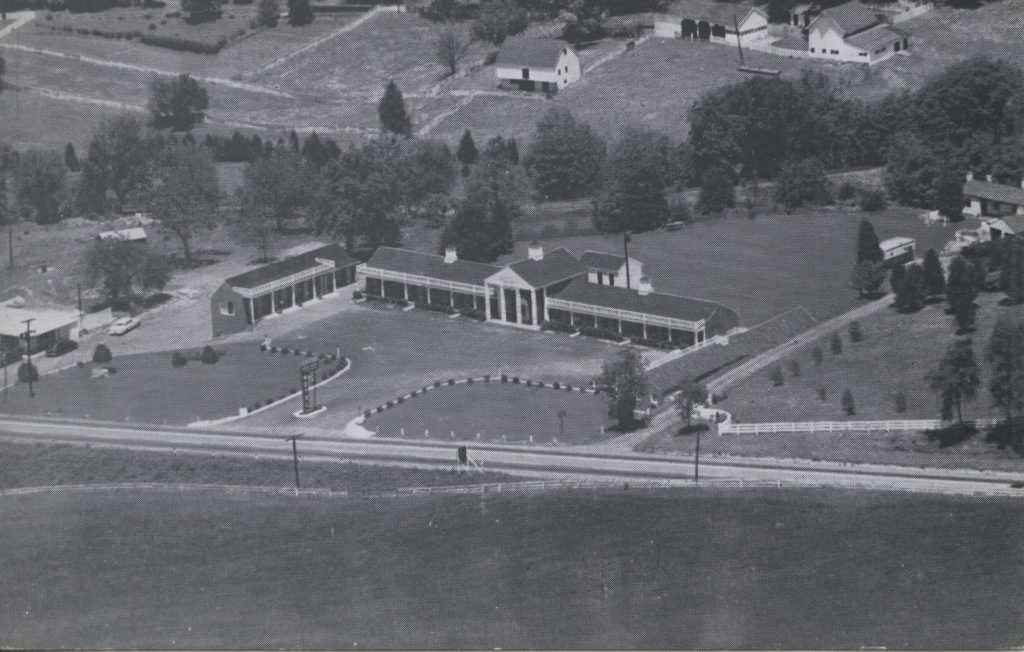
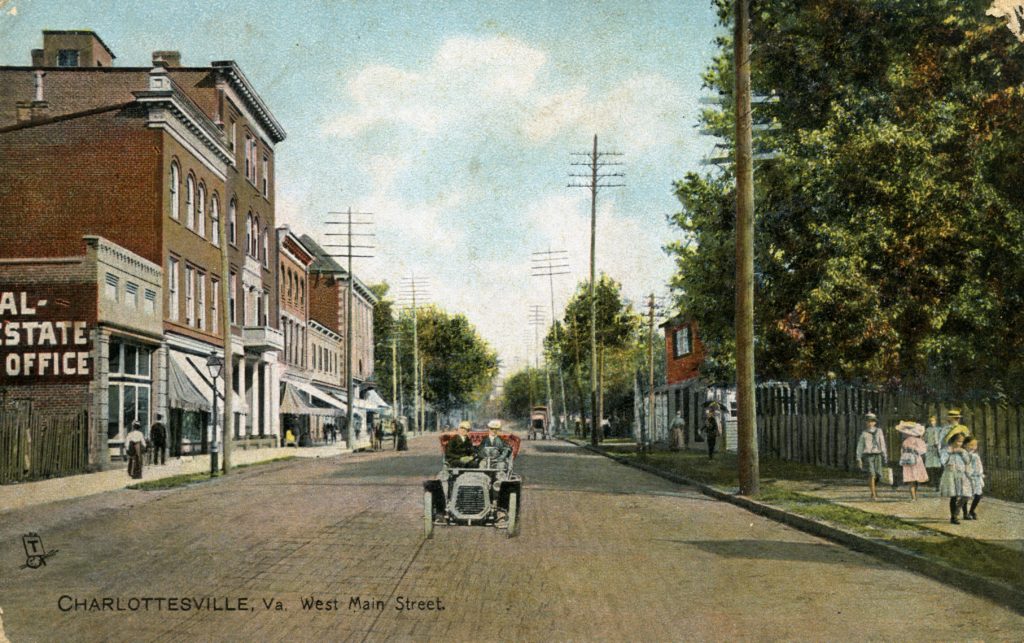
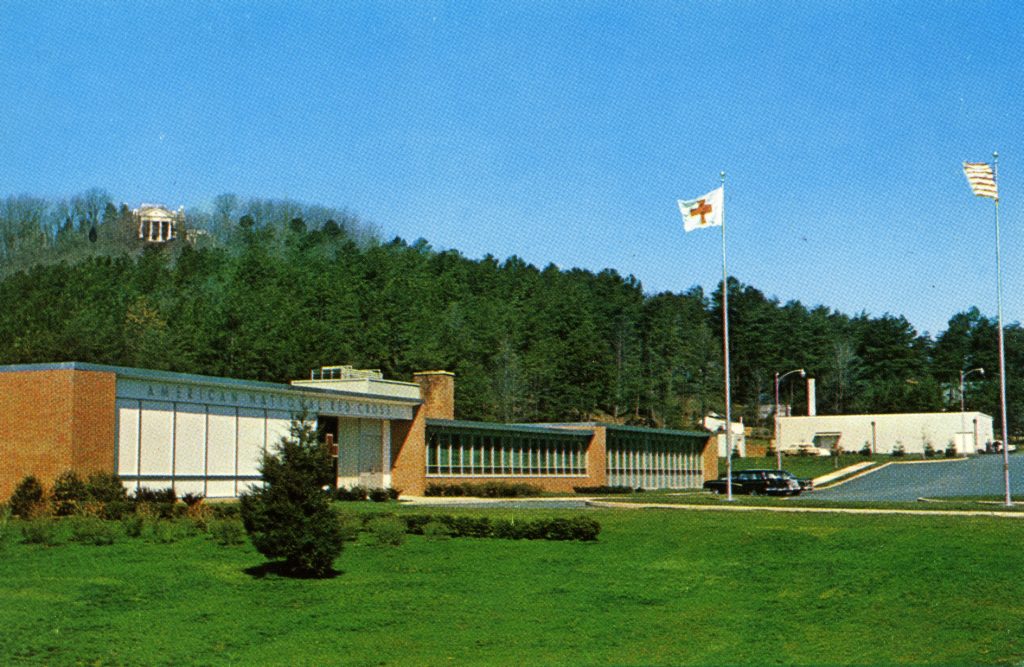
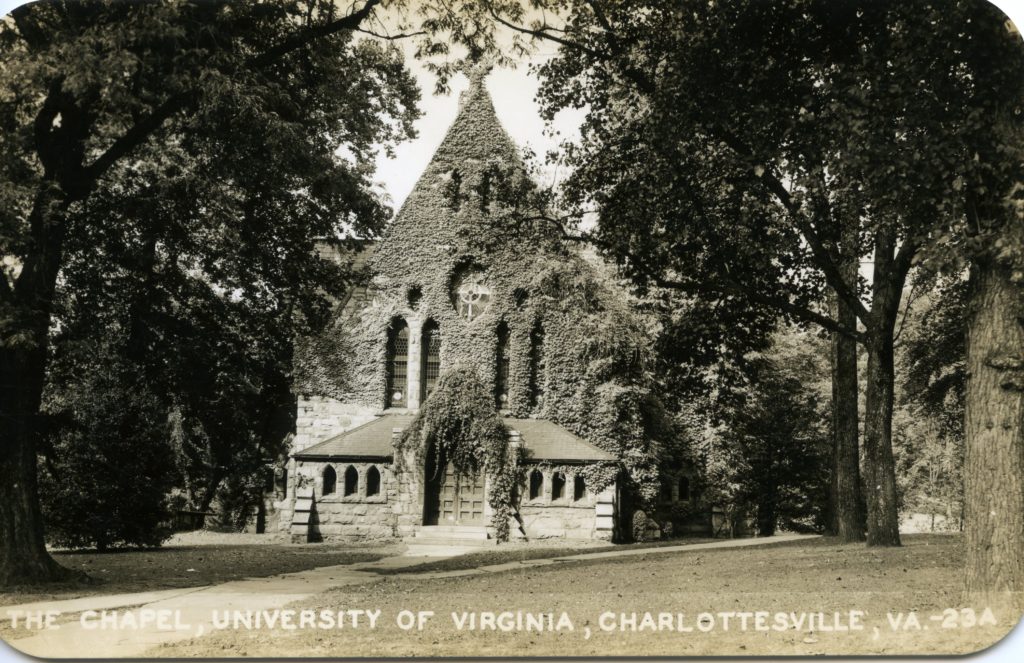
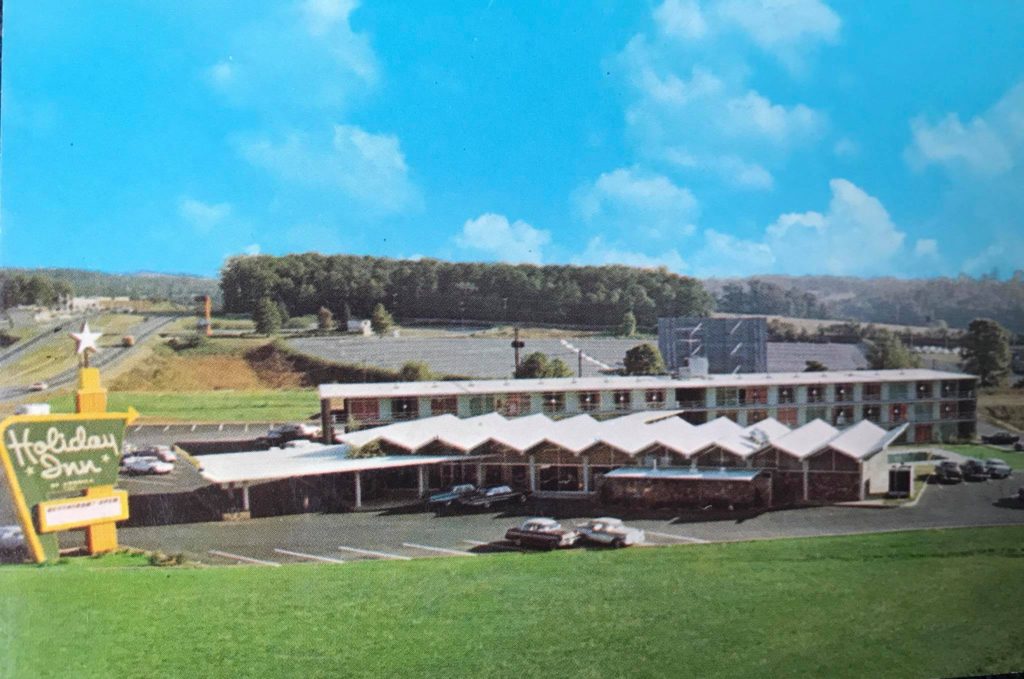
All work © C’ville Images 2018-2021
We will periodically add more items from the Norris Collection so check back often.
